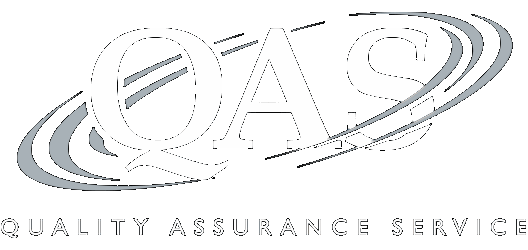SAS 145: Assessing the Risks of Material Misstatement
Scalability, Stand-Back Provision, Determining Inherent and Control Risk
Recording of a 110-minute CPE video webinar with Q&A
This webinar will discuss implementing the significant revisions made to risk assessment by Statement of Auditing Standards (SAS) 145. The level of risk, or susceptibility of financial statements to material misstatement, guides the audit process. Our panel of experienced auditors will review the updated and new definitions in SAS 145 and walk CPAs through the process of identifying and assessing risks of material misstatement under the new standard.
Outline
- Assessing risk: an introduction
- Definitions
- Assessing risks
- Inherent risk
- Control risk
- Maintaining professional skepticism
- Scalability
- Stand-back requirement
- Documentation
- Other considerations
Benefits
The panel will cover these and other key considerations:
- The interplay of inherent and control risk
- Exercising judgment and scalability
- Applying the new stand-back requirement
- How assessing control risk at a maximum impacts an audit
- Best practices for implementing SAS 145
Faculty

Philip Marciano, CPA, CGFM
Managing Director
CBIZ Marks Paneth
Mr. Marciano is a Managing Director and a member of the Nonprofit, Government and Healthcare Group located in our... | Read More
Mr. Marciano is a Managing Director and a member of the Nonprofit, Government and Healthcare Group located in our Woodbury, New York office, who has been serving clients since 2012. A CPA, Certified Government Financial Manager and a Chartered Global Management Accountant, he is recognized as a national resource for government and nonprofit accounting. He regularly leads training sessions for professional staff and has given seminars on behalf of the New York State Government Finance Officers Association, New York State Association of School Business Officials, New Jersey Society of Certified Professional Accountants and the Institute of Internal Auditors (Long Island Chapter). Mr. Marciano is a discussion leader and instructor for the AICPA and Surgent Professional Education on subjects including governmental and nonprofit accounting and auditing.
CloseAccess Anytime, Anywhere
CPE credit is not available on downloads.
CPE On-Demand
